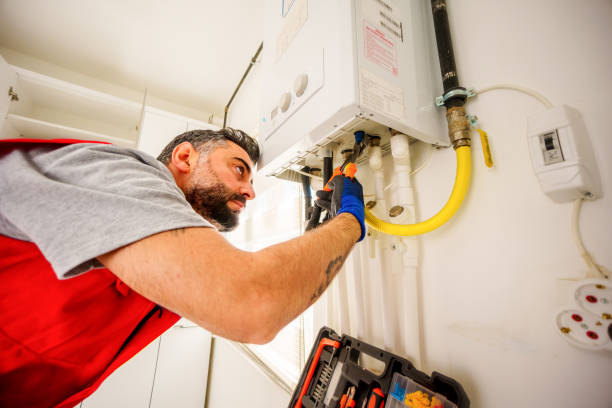Your HVAC Home Inspection Guide: What Homeowners Need to Know
Whether you’re a first-time homebuyer or a seasoned homeowner, understanding your HVAC home inspection is crucial for maintaining comfort and avoiding costly repairs down the road. Your heating and air conditioning system represents one of the largest investments in your house, and a thorough HVAC inspection ensures everything operates efficiently while preventing unexpected breakdowns. This comprehensive guide walks you through what homeowners need to know about inspecting their air conditioning system, identifying potential problems, and making informed decisions about HVAC equipment maintenance and replacement.
From checking your air filters to evaluating your heat exchanger, we’ll cover the essential components that keep your home comfortable year-round. You’ll learn when to schedule professional inspections, what DIY checks you can perform, and how preventive maintenance helps you save money on energy bills while extending your system’s lifespan.
What Is an HVAC Home Inspection and Why Does It Matter?
An HVAC home inspection is a comprehensive evaluation of your home’s heating and cooling equipment to ensure all components function in good working order. During this inspection, a qualified home inspector or HVAC contractor examines your air conditioning unit, furnace, thermostat, ductwork, and other essential parts of your heating and air conditioning system to identify potential issues before they become expensive problems.
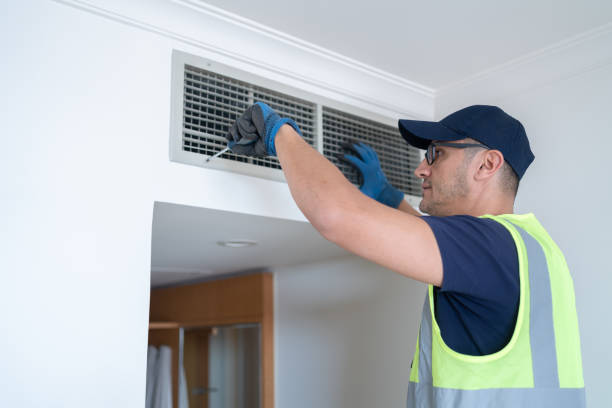
Regular HVAC home inspections help prevent unexpected breakdowns and extend the lifespan of your system significantly. When you invest in routine inspections, you’re protecting yourself from expensive emergency repairs and ensuring optimal indoor air quality for your family. A thorough inspection also helps identify carbon monoxide risks, improper equipment sizing, and poor airflow issues that can drive up your energy bills.
Whether you’re conducting a DIY HVAC inspection or hiring professionals from Callidus Air, understanding what inspectors look for helps you maintain your system between service visits and make smart decisions about repairs versus replacement.
Key Components Checked During Your HVAC Home Inspection
A comprehensive HVAC home inspection examines multiple critical systems that keep your house comfortable year-round. Understanding what inspectors evaluate helps you recognize potential problems and maintain your heating and air conditioning equipment between professional visits.
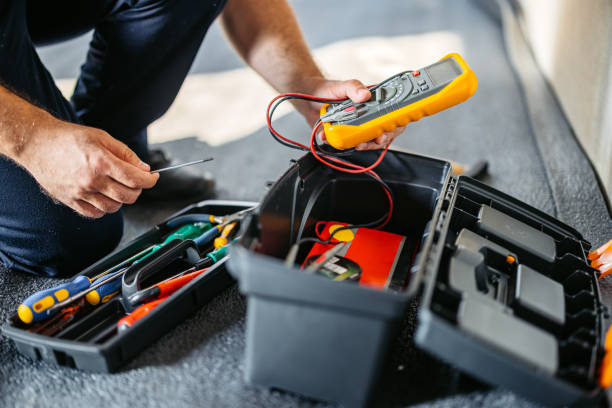
Air Conditioning System and Cooling Equipment
Your air conditioning system requires careful evaluation during an HVAC home inspection. Professional inspectors examine multiple critical elements:
- Outdoor condenser unit: Checking for debris, dirt, and proper airflow clearance
- Refrigerant level: Verifying proper charge and identifying potential leaks
- Electrical components: Testing wiring, connections, and capacitors for safe operation
- Compressor function: Ensuring the heart of your cooling system operates efficiently
- Coil condition: Inspecting for dirt buildup that reduces cooling capacity
According to the Department of Energy, regular maintenance can reduce your cooling costs by 5-15%. A properly functioning air conditioner maintains consistent temperature throughout your house while operating quietly and efficiently.
Furnace Inspections and Heating Components
Furnace inspections form a critical part of your HVAC home inspection checklist. The heat exchanger requires particular attention, as cracks or damage can allow dangerous carbon monoxide to enter your living spaces.
Key inspection points include burner operation, blower motor function, gas connections, and flame sensor verification. These thorough heating maintenance checks prevent mid-winter breakdowns and ensure your family stays warm throughout the heating season.
Air Filters and Indoor Air Quality
Air filters play a vital role in your home’s HVAC system performance and indoor air quality. During an HVAC home inspection, inspectors check filter condition, size, and proper installation to ensure optimal airflow.
Clogged filters restrict airflow, forcing your system to work harder and consume more energy. Learn more about how often HVAC filters should be changed and consider professional HVAC filter replacement services to maintain peak system performance.
The DIY HVAC Inspection: What Homeowners Can Check
Between professional service visits, homeowners can perform basic DIY HVAC inspection checks to identify obvious issues early. While these checks don’t replace professional inspections, they help you monitor your system’s health and catch problems before they escalate. Regular monitoring can prevent unexpected breakdowns and maintain your system’s efficiency throughout the year.
Essential DIY Inspection Checklist:
Outdoor Air Conditioner Unit:
- Clear leaves, dirt, and debris from around the unit
- Maintain at least 2 feet of clearance on all sides
- Check for damaged fins or visible refrigerant leaks
- Listen for unusual grinding or squealing noises
Indoor Furnace Inspection:
- Look for signs of rust or water damage
- Check for loose wiring or disconnected components
- Inspect the flame (should be steady and blue)
- Replace air filters every 1-3 months based on commercial HVAC filter change frequency guidelines
Air Ducts and Vents:
- Examine accessible ducts for gaps or damage
- Test airflow at each vent with tissue paper
- Look for dust accumulation around vents
- Ensure all registers open and close properly
System Performance Monitoring:
- Track monthly energy bills for unusual spikes
- Note if the temperature remains inconsistent
- Listen for frequent cycling on and off
- Monitor how long the system runs to reach the desired temperature
According to Energy Star, sealing and insulating ducts can improve system efficiency by up to 20%. While these DIY checks help identify obvious issues, they should supplement rather than replace professional HVAC home inspections for comprehensive system evaluation.
When to Schedule a Separate HVAC Inspection
Timing your HVAC home inspection correctly prevents system failures during extreme weather when you need your equipment most. Strategic scheduling based on seasons, life events, and weather conditions ensures your heating and air conditioning system remains reliable year-round.
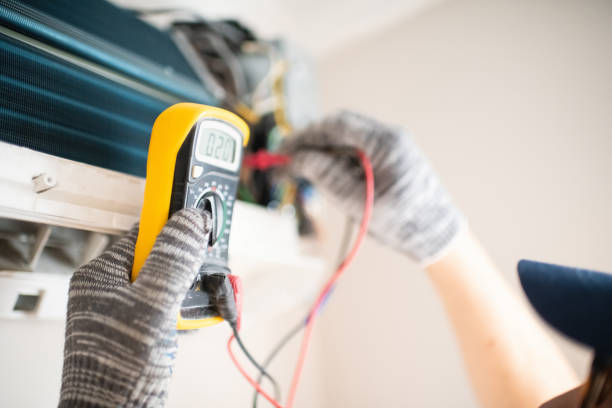
Seasonal Maintenance Schedule
Regular HVAC home inspections should follow a seasonal schedule to ensure optimal performance throughout the year. This proactive approach catches potential issues before you desperately need your system and helps extend equipment life.
| Season | Focus Area | Why It Matters | Recommended Timing |
|---|---|---|---|
| Spring | Air conditioning system & cooling equipment | Prepares AC for summer heat, checks refrigerant levels | March – April |
| Fall | Furnace & heating components | Ensures safe heating operation, tests the heat exchanger | September – October |
| Home Purchase | Complete HVAC system evaluation | Reveals the true condition before buying | During the escrow period |
| Post-Storm | All components & electrical systems | Identifies weather-related damage | Within 1 week of the event |
Spring AC maintenance prepares your cooling equipment for summer demands, while fall furnace inspections ensure safe, efficient heating during winter months.
During the Home Buying Process
Home buyers should always request a separate HVAC home inspection beyond the standard home inspection. General home inspectors may miss subtle problems that HVAC specialists identify, and understanding equipment age helps you budget for potential replacement.
The inspection reveals whether you’ll need to consider HVAC replacement cost soon or if the existing system has years of reliable service remaining. Don’t skip this step—residential HVAC services experts can save you thousands in unexpected costs and help negotiate better terms.
What Professional HVAC Contractors Check That You Can’t
Professional HVAC home inspection services go far beyond what homeowners can evaluate with basic visual checks. Licensed technicians use specialized diagnostic equipment and technical expertise to identify hidden problems that could lead to expensive repairs or safety hazards.
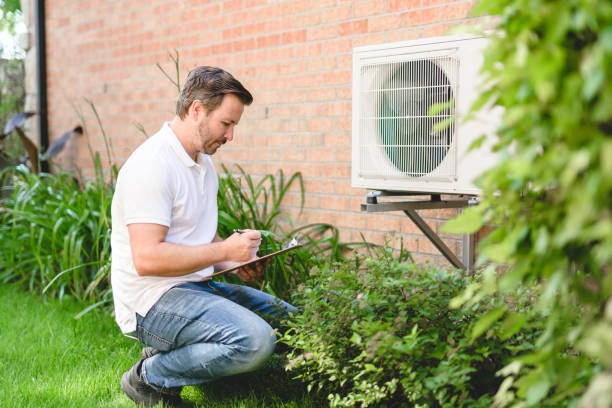
Equipment Sizing and Safety Verification
Proper equipment sizing is essential for efficient operation and optimal comfort in your home. During an HVAC home inspection, contractors calculate your home’s heating and cooling load, comparing it against your installed equipment capacity to ensure proper performance.
They verify installation quality, including refrigerant charge, airflow measurements, and duct sizing using specialized tools. If you’re considering how to choose HVAC system components or need to understand new HVAC system costs, professionals provide accurate assessments of your current equipment and future needs.
Your air conditioning system produces condensation that must drain properly. Inspectors examine the drain pan for cracks or standing water, flush condensate lines to remove clogs, and verify proper drainage slope—details that prevent water damage and mold growth in your house.
HVAC equipment draws substantial electrical current, making proper connections critical for safety and performance. Technicians inspect all wiring, test voltage and amperage, verify proper grounding, and conduct carbon monoxide testing for gas furnaces. These safety verifications require professional equipment and training that homeowners cannot replicate, protecting your family from life-threatening risks.
How Regular Inspections Save Money in the Long Run
Regular HVAC home inspections identify minor issues before they escalate into major failures requiring costly emergency repairs. A small refrigerant leak detected early costs hundreds to fix, while a completely failed compressor may require thousands to replace. When technicians catch problems early, you can schedule repairs at your convenience rather than during peak seasons when emergency rates are significantly higher.
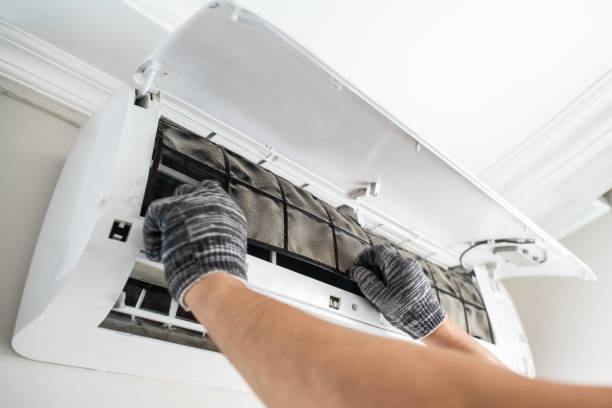
Well-maintained HVAC equipment operates more efficiently, directly reducing your energy bills through optimized performance. Clean coils, proper refrigerant charge, and calibrated controls ensure your air conditioning system uses minimal energy while delivering maximum comfort. According to ENERGY STAR, proper maintenance maintains system efficiency up to 95% of original specifications.
Your air conditioning and heating equipment represents a major investment that typically lasts 15-20 years with proper care. Understanding how long HVAC systems last helps you plan maintenance schedules effectively. Regular inspections and professional maintenance can extend this lifespan by several years, delaying expensive replacement costs while providing reliable comfort for your family.
Taking Action After Your HVAC Home Inspection
Understanding your HVAC home inspection results empowers you to maintain comfort, safety, and efficiency in your house throughout every season. Whether addressing immediate repairs, scheduling seasonal maintenance, or planning for equipment replacement, acting on inspection findings protects your investment and prevents unexpected breakdowns when you need your system most.
Don’t wait for system failure—schedule your comprehensive HVAC home inspection today and protect your home’s comfort. The money you invest in preventive care returns many times over through lower energy bills, fewer emergency repairs, and significantly longer equipment life. Your home’s comfort depends on reliable heating and air conditioning equipment working properly year-round.
Ready to schedule your comprehensive HVAC home inspection?
The expert technicians at Callidus Air provide thorough evaluations and honest recommendations to keep your system running efficiently. Contact us today to book your inspection and experience the peace of mind that comes with professionally maintained HVAC equipment.
Frequently Asked Questions
How often should I schedule an HVAC home inspection?
Schedule professional HVAC inspections twice yearly—once in spring before cooling season and once in fall before heating season. This frequency catches potential problems early, maintains warranty requirements, and ensures optimal performance when you need your system most.
What’s the average cost of an HVAC home inspection?
Professional HVAC inspections typically cost $80-$200, depending on your location and system complexity. Many companies offer discounted or free inspections with service agreements. This small investment prevents expensive emergency repairs and maintains system efficiency, paying for itself through energy savings.
Can I perform my own HVAC inspection instead of hiring professionals?
While homeowners can perform basic visual checks and filter maintenance, comprehensive inspections require professional expertise and specialized equipment. DIY efforts should supplement, not replace, professional service. Technicians identify subtle problems and safety issues that untrained observers miss.
What are the signs that I need an immediate HVAC inspection?
Schedule an immediate inspection if you notice unusual noises, inconsistent temperatures, significantly higher energy bills, frequent cycling, weak airflow, strange odors, or visible moisture around equipment. These symptoms indicate problems requiring professional diagnosis and repair before complete system failure occurs.
How long does a typical HVAC home inspection take?
A thorough HVAC inspection usually takes 1-2 hours, depending on system age, complexity, and accessibility. Inspectors examine both heating and cooling components, test safety controls, measure performance parameters, and document findings. Allow adequate time for a complete evaluation rather than rushed service.

